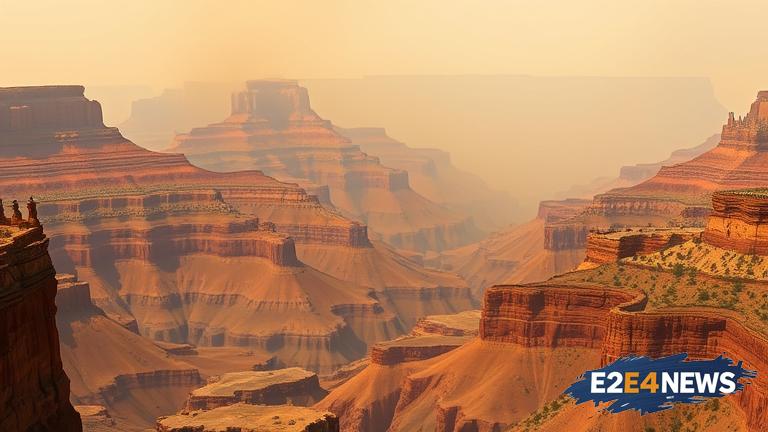A devastating wildfire has broken out in the Grand Canyon, one of the most iconic natural wonders in the United States. The fire, which began on July 14, 2025, has been spreading rapidly, fueled by strong winds and dry conditions. As a result, authorities have been forced to evacuate several areas, including nearby towns and villages. The fire has already burned thousands of acres of land, and firefighters are working tirelessly to contain the blaze. The Grand Canyon is not only a popular tourist destination but also home to numerous wildlife species and fragile ecosystems. The fire poses a significant threat to these ecosystems, and conservationists are worried about the long-term impact. The cause of the fire is still unknown, but investigators are looking into possible human factors. The fire has also raised concerns about air quality, with smoke and ash affecting nearby communities. Residents and visitors have been advised to stay indoors and avoid outdoor activities. The economic impact of the fire is also a concern, as the Grand Canyon is a major tourist destination, generating significant revenue for local businesses. The fire has prompted a massive response from emergency services, with firefighters, helicopters, and planes deployed to combat the blaze. Despite the challenges, firefighters are making progress, and the fire is slowly being brought under control. However, the road to recovery will be long, and the full extent of the damage is still unknown. The Grand Canyon fire serves as a reminder of the importance of wildfire prevention and the need for continued conservation efforts. The incident has also sparked a debate about climate change and its role in exacerbating wildfires. As the situation continues to unfold, authorities are urging everyone to remain vigilant and take necessary precautions. The fire has also highlighted the bravery and dedication of firefighters, who are risking their lives to protect the Grand Canyon and its surroundings.
